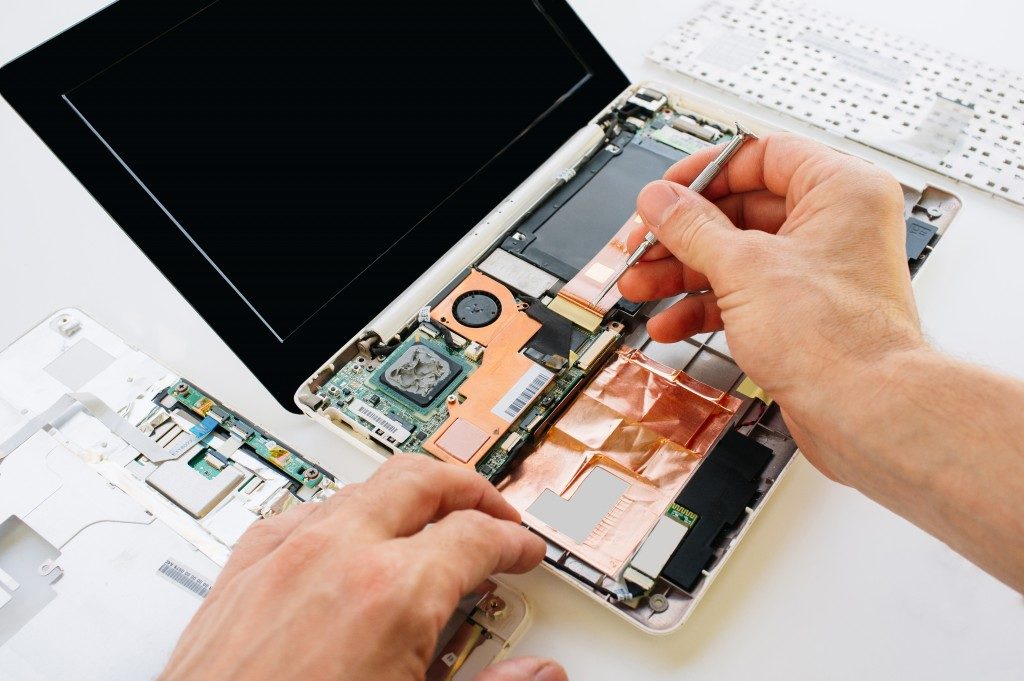Advances in technology have made it possible for individuals to exercise greater control over the design of various products — not only in the form of DIY solutions but actual industry-grade tools available to consumers, as well. Whether through 3D printing of physical products or using software programs to launch websites and digital content, you may be interested in creating and designing your product as a business idea. One of the factors worth considering in such an endeavour is the simplicity of your product design. Here’s what you need to know to get started.
Thoughtful innovation
When aiming to achieve simplicity in design, you may often come across bits of advice such as “less is more” or “restrictions breed creativity”. These may be easy to understand in theory, but difficult to reconcile in practice. After all, want the product to be unique while having an advantage over similar items and bringing new functionality over previous iterations. So, how can you achieve these things and integrate new elements while keeping the product simple?
The answer might lie in rethinking the concept of innovation. In technology, for instance, complex systems innovate to become more streamlined, efficient and robust. A great example is a PICV valve for HVAC systems. It helps balance and control temperature, air pressure and airflow in the entire building while simplifying the system into independently-working circuits. Sometimes, you can exercise thoughtful innovation not by adding new stuff all the time but by reducing form (like a haiku) and concentrating even more on the essential function of a product.
Ease of use
The power of simple design is most evident when the product is in the hands of the end-user. Even in the 90s, grandparents who were just learning to navigate the internet could figure out how to use Google search, and to this day the homepage of one of the most successful websites of all time is as simple and functional as it gets.
Simplicity in design isn’t necessarily about having a minimalist aesthetic. Instead, it’s the ability to let users make intuitive leaps in understanding and getting the product to “just work”, as Steve Jobs might say.
Keep in mind the mental effort each user will need to exert to interpret controls and go through configuration options. Also, mind the gulf of execution and continuously test it. This way, you can make sure that your product’s interaction possibilities are, indeed, narrowing the gap between the intended user and their goals.
Allow for gestation

The previous considerations for sufficient simplicity in design both rely heavily on testing and feedback. This is a process that takes time and ideally should be allowed to gestate. Yet businesses always operate on a schedule and sometimes compete for needs to push and pull a product in different directions. Ultimately, however, no company will succeed, even with a great idea, if a foundation of hasty market research and planning results in a poorly designed product.
Product gestation isn’t a passive or self-contained process. You can make the best use of available time to simplify the design by going through several cycles of compiling data, design and testing while focusing on the user experience. The product will evolve as deadlines approach, making constant improvements while whittling away at the complexity and unnecessary features.
There are many variables involved that can help or hinder the success of your product idea. Making an effort to simplify your design is not only a positive influence on its own but will also streamline extraneous elements and make your task progressively easier.





